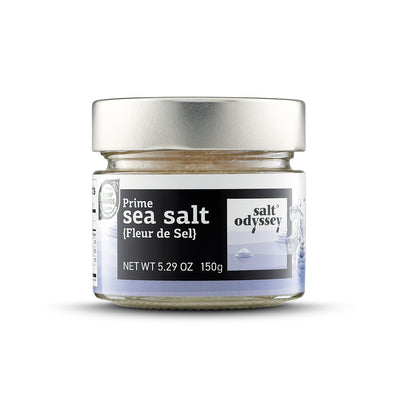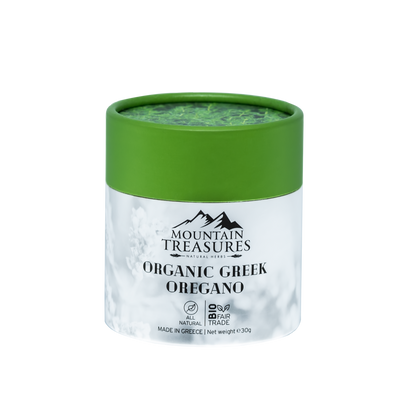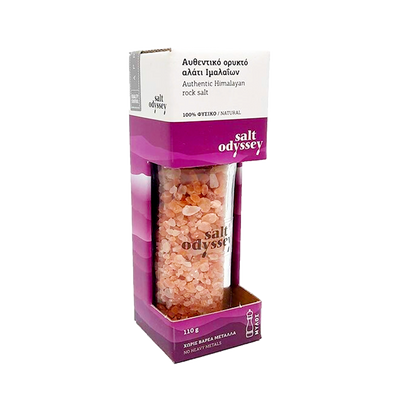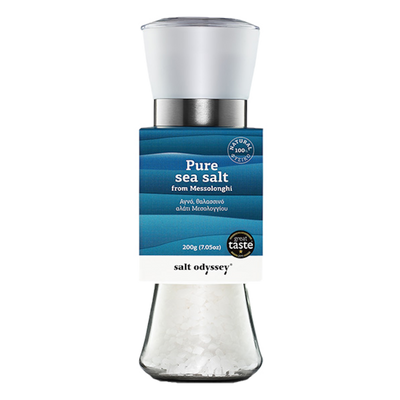Rabbit stew recipe from Ioannina, Epirus - by Kali orexi
By Christine Polyzos & William Dachris
Every month, Grecian Purveyor collaborates with food lovers from all over Australia to bring you wonderful recipes, that you can make using our high-quality, gourmet products. For our very first collaboration, we are delighted to present you Christine Polyzos from Kali Orexi in Melbourne, who prepared and cooked our founder William Dachris' favourite childhood recipe - Rabbit and Shallot Stew (Kouneli Stifado)!
The inspiration for Kali Orexi came from Christine's growing realisation that her parents and those of her Greek-Australian friends were getting on in years. She feared that the passing of the immigrant generation would not only mean losing loved ones, but also the rich culinary heritage endowed upon them, from their parents and grandparents. Christine strongly believes that it is our collective responsibility to learn our parents' and grandparents' recipes and keep this culinary heritage alive for our generation and for future generations!
And the best way to learn how to make any dish, is by watching someone prepare it. That's why Kali Orexi uses the video medium for its recipes. You can watch and learn the recipes at your own pace. There are also detailed notes with each recipe to complement the visual lessons that the videos provide on the Kali Orexi website. Check it out and subscribe for more authentic Greek recipes.
William’s Kouneli Stifado
(Rabbit and Shallot Stew, Ioannina, Greece)
You will need…
1.5kg large rabbit pieces
1 cup red wine vinegar
Water
2 separate cups extra virgin olive oil (EVOO) - My Olive Oil, Vassilakis Estate
2 brown onions, finely chopped
4-5 medium garlic cloves, finely chopped
1 tablespoon paprika
1 tablespoon oregano - Organic Oregano, Mountain Treasures
1 teaspoon cinnamon
4 cloves
3 large bay leaves
3 teaspoons salt - Fleur de Sel, Salt Odyssey
1 teaspoon cracked black pepper
1 glass full bodied red wine (Syrah, Merlot or Agiorgitiko)
5 tablespoons tomato paste mixed with 2 cups of water
1.3kg small to medium shallots
1 teaspoon sugar

Preparing the kouneli stifado
-
Place the rabbit pieces in a pot, add the red-wine vinegar and then add enough water to cover the rabbit; boil for 5 – 10 minutes
-
Empty all the liquid and wash the pieces well with water; drain and set aside
-
Wash out and dry the pot, before returning it to medium heat
-
Add 1 cup of extra virgin olive oil and the brown onions. Sauté and soften the onions slightly before adding the garlic. Continue sautéing until the onions just start to brown
-
Add the rabbit pieces and immerse them in the onion/garlic/oil mixture
-
Immediately add the paprika, oregano, cinnamon, cloves, bay leaves, salt and pepper. Fry them all together on medium heat for 5 - 6 minutes
-
Pour in the wine
-
Add the tomato paste-water mixture and stir through well
-
Simmer for 40 minutes
Preparing the shallots
-
Carefully skin the shallots without scoring the inner layers
-
Add 1 cup of EVOO, a teaspoon of sugar and the shallots to a baking dish or fry pan. Fry the shallots on medium to high heat until they brown a little
-
Pour the contents of the baking dish/fry pan into the pot with the rabbit. Ensure the onions are immersed in the pot liquids and continue to simmer for 1.5 - 2 hours until the shallots are very soft and the sauce has reduced to an oily gravy
Serving the kouneli stifado
-
Serve with crusty bread, feta and olives
-
Kali Orexi… Enjoy!
KALI OREXI
See the video below for the step by step recipe and subscribe to Kali Orexi youtube channel HERE for more authentic Greek recipes videos!
Key Points
- Rabbit is game meat, which means it is lean. Rabbit can become quite dry if not cooked carefully. The initial stage of boiling the rabbit in vinegar and water serves two purposes. One is to kill off any pathogens and the other is to tenderise the meat. On the day we filmed the recipe video, the rabbit sat in the vinegar-water bath for about half an hour, as we tested different filming angles and debated whether to use my new cooktop or the portable induction unit for filming (the portable unit won!). The final dish that day was the most tender I had ever made it and the only thing I did differently was let it sit (not on purpose mind you) in the vinegar-water bath. So, may I suggest you do that too! Just cover the rabbit with the vinegar and water and allow it to rest for half an hour before boiling it!
- For the best eating experience use small to medium sized shallots that remain whole once peeled. When peeling them, take care not to score the inner layers, as the outer layers of the shallot will come away during the cooking process and they may even fall apart completely. You really want them to remain as intact as possible during he cooking process, so the shallots soften and become infused with the rich gravy flavours. That way they turn into delicious flavour bombs when you eat them. If you can only find larger ones, you will need to cut them in half, otherwise they will take an even longer time to cook through. Be sure not agitate them too much either when you’re checking and stirring the pot, otherwise they will fall apart very easily
- Keep a constant watchful eye on this dish, so it does not burn and spoil the flavours!
- It is important to coat the rabbit pieces well with the onion/garlic/EVOO mixture, so the herbs and spices that are added then adhere to the rabbit pieces well
- The sugar is added to the olive oil when frying off the shallots to promote a little caramelisation
- The final stage of reduction will require time and patience. The water in the pot will need to be cooked off slowly, while the shallots slowly soften and darken as they become infused with all the herbs and spices in the oil. Check on the pot regularly, gently stirring and assessing. As the amount of water reduces in the pot, you will also need to lower the cooking temperature, otherwise you risk burning the dish. The more time you cook down the onions, the sweeter and more delicious they will be!
- If rabbit is not available, you can use skinless chicken chops instead. You won’t need to do the initial boiling step. Just brown and seal the chicken pieces first with a few tablespoons of olive oil before adding the onions and the balance of one cup of olive oil. Then continue with the remainder of the recipe





























































